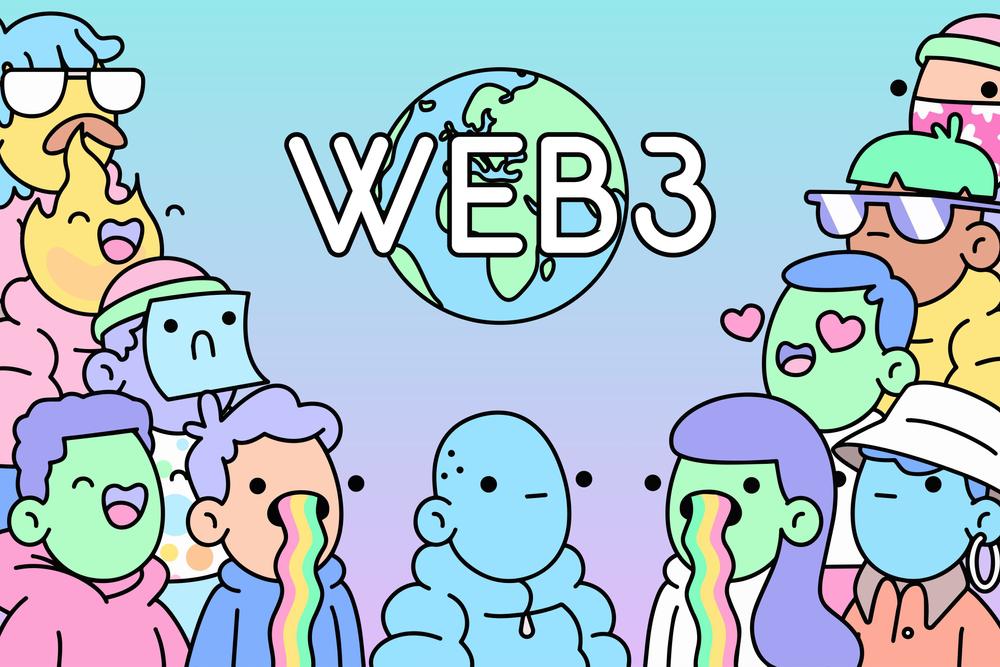Tomas Andren is a founding partner and Chief Visionary Officer of UPRISE Management, a 360˚ marketing, branding and creative agency.
Artistic autonomy has probably been a fraught issue since the dawn of time. Even artists like Michelangelo had to balance creative desires with the whims of his patrons, at times sacrificing artistic integrity for his livelihood. While the advent of the creator economy emboldens contemporary artists to create what they choose to (and how), the relationship between creators and the platforms that host them—like YouTube, Twitch and TikTok—can still be parasitic. Such platforms rely on digital talent to drive user engagement, yet creators receive only a small fraction of the revenue they generate. Throughout my experience in running an agency that works with content creators and artists, this is something I’ve witnessed firsthand.
Recently, we have expanded to working with brands within the blockchain and Web3 space, which is how I recognized the opportunities it presents to artists and content creators. A decentralized, blockchain-based Web3 framework provides artists with complete control over their business, empowering content creators in unprecedented ways. Here are three of the most significant:
Ownership
In the current creator economy, creators rarely own the media they produce with full control. Instagram, for example, can use user content for promotional purposes, as well as distribute, copy, modify and sell users’ material. It can even transfer these rights to third parties. For those, like content creators, who devote large amounts of time to producing original media, this can be immensely frustrating. In Web3 environments, however, digital creators can use blockchain technology to establish digital copyright. Creators can tokenize their content as NFTs (non-fungible tokens), which use blockchain technology to demonstrate the provenance and ownership of media.
With ownership and origin embedded in an NFT’s code, piracy is all but eliminated. This alleviates a key issue for many well-established creators who risk having their ideas, aesthetics and media stolen. In fact, on-chain records encourage collaboration, as each creator involved in a particular project can be accurately credited.
MORE FROMFORBES ADVISOR
Best Travel Insurance Companies
ByAmy DaniseEditorBest Covid-19 Travel Insurance Plans
ByAmy DaniseEditorNew Monetization Opportunities
Another benefit of this digital copyright is its introduction of scarcity into the creator economy. In Web 2.0, content can be duplicated freely; an original video or photo is indistinguishable from its reproduction. Thus, in Web 2.0, creators cannot monetize the media they produce. Instead, they must rely on indirect streams of income such as advertising and brand collaborations.
As evidenced by the existing market for NFTs, people are willing to pay in order to own their favorite works. Creators can now capitalize on this mindset by directly monetizing their content instead of subsisting on indirect revenue. With tokenized media, creators can offer their fans ownership over unique digital assets. This is the evolution of fan support—with blockchain technology, fans can not only buy merchandise and paraphernalia to demonstrate their support of various creators, but also they can claim ownership of a viral video or popular photo as well.
A Closer Community
The benefits of the direct relationship between creator and audience go beyond the monetization of content. When creators must operate within the bounds of a third-party platform, they can neither cater to their audience nor create authentically. Instead, creators must produce content that can take advantage of the kinds of algorithms that Instagram, Twitter and YouTube utilize. These algorithms privilege certain types of content over others, as they are designed to maximize company profits. They also change over time, forcing creators to adapt in order to “hack” the newest iteration of media manipulation.
Without the pressure to optimize content for the machine, creators can freely devote themselves to their art. The creator economy also becomes more collaborative, as individuals are no longer competing against one another for access to the same audience. Instead, creators can take advantage of their newfound artistic freedom and the decentralized market to easily develop various niches.
The creator economy, therefore, becomes easier for consumers to navigate—they are no longer inundated by nearly identical content that is made to take advantage of whatever algorithm is presently in use. As a result, users are better able to identify and invest in creators they appreciate. These close connections reap tangible benefits for creators, who can utilize monetization avenues, such as selling tokenized content or creating a social token system, that are unique to Web3.
From returning content rights to creators and providing them with new opportunities for generating revenue, to creating closer communities at all levels of the creator economy, Web3 has the potential to redesign an expansive, lucrative market in a way that genuinely benefits artists. It may have taken longer than we wanted, spanning numerous periods and various mediums, but it seems like total artistic autonomy is finally here.
Forbes Agency Council is an invitation-only community for executives in successful public relations, media strategy, creative and advertising agencies. Do I qualify?









